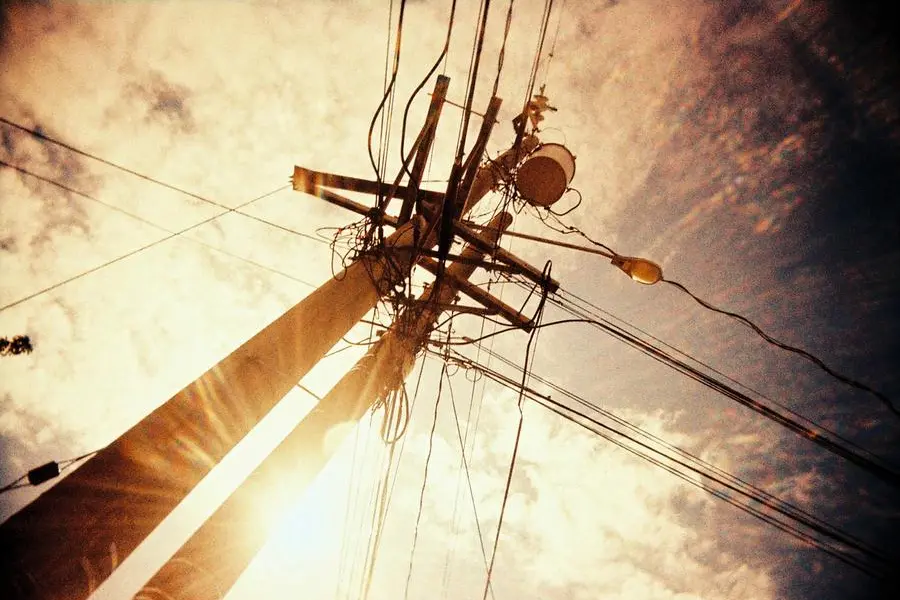PHOTO
Electricity savings from last Saturday's Earth Hour increased by 110.73 percent to 132.11 megawatts (MW) from last year's savings of 62.69 MW, according to the Department of Energy (DOE).
Electricity savings were recorded at 73.86 MW from Luzon, 53.30 MW from the Visayas and 4.95 MW from Mindanao, after participants switched off non-essential lights and appliances on Earth Hour from 8:30 p.m. to 9:30 p.m.
'This only demonstrates our people's dedication to safeguarding our planet. By coming together for this symbolic gesture, we send a powerful message of unity and commitment to sustainable practices,' Energy Secretary Raphael Lotilla said.
Aside from households, government agencies, cities and private businesses pledged participation in the event.
However, Lotilla said the practice of energy conservation should 'go beyond the Earth Hour' in March.
'As we enter the warm and dry season coupled with the El Niño phenomenon, let us sustain the momentum in order to prevent supply strain due to shifts in peak demand consumption brought about by increased cooling needs,' Lotilla said.
Following the Philippine Atmospheric, Geophysical and Astronomical Services Administration's recent declaration that the warm and dry season has begun, the DOE said the country's power situation is currently being monitored to ensure energy security.
In an earlier report by The STAR, DOE said it is 'closely' monitoring the integrity and reliability of the grid by consistently updating the power outlook that considers any changes in the operation of power generating units.
Moreover, the DOE is coordinating with government agencies to facilitate 'timely approval' of regulatory requirements for the completion of power facilities.
'The summer period exerts significant pressure on electricity demand due to increased cooling needs, leading to peak demand shifts in consumption and infrastructure strain,' Lotilla said in an earlier statement.
The Luzon grid might experience Yellow Alert in April and May as hydroelectric power plants are running below capacity due to the El Niño phenomenon, said DOE.
Meanwhile, the Visayas and Mindanao grids will have 'normal reserve level during the second quarter of the year.'
'DOE ensures that any developments are immediately considered in the outlook to implement contingency measures,' the agency said.
DOE reported last year's Earth Hour resulted in savings of 33.29 MW from Luzon, 20.50 MW from the Visayas and 8.90 MW from Mindanao.
The Philippines registered in 2019 the highest energy savings of 195.34 MW from the 60-minute switch-off.
Copyright © 2022 PhilSTAR Daily, Inc Provided by SyndiGate Media Inc. (Syndigate.info).





















